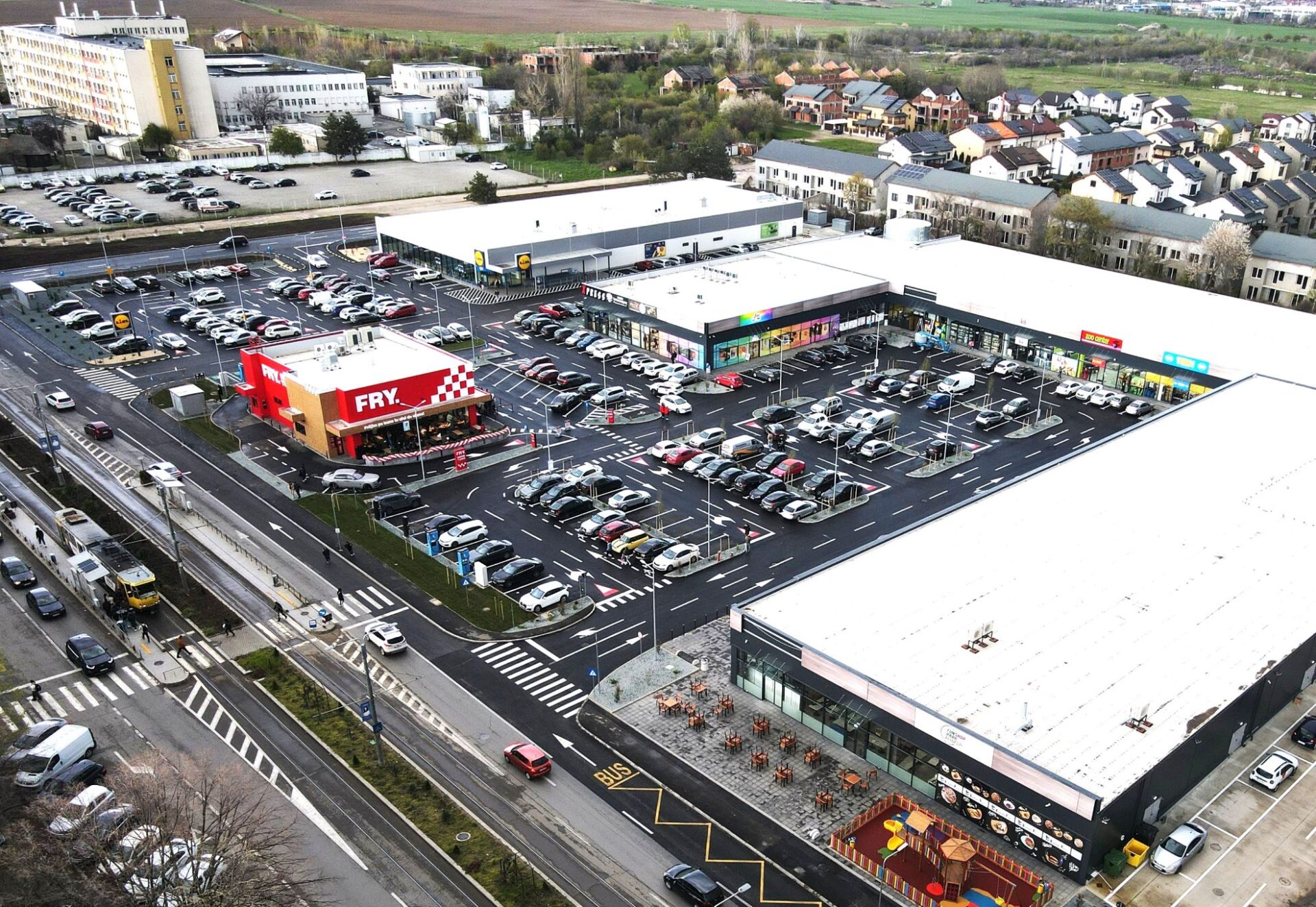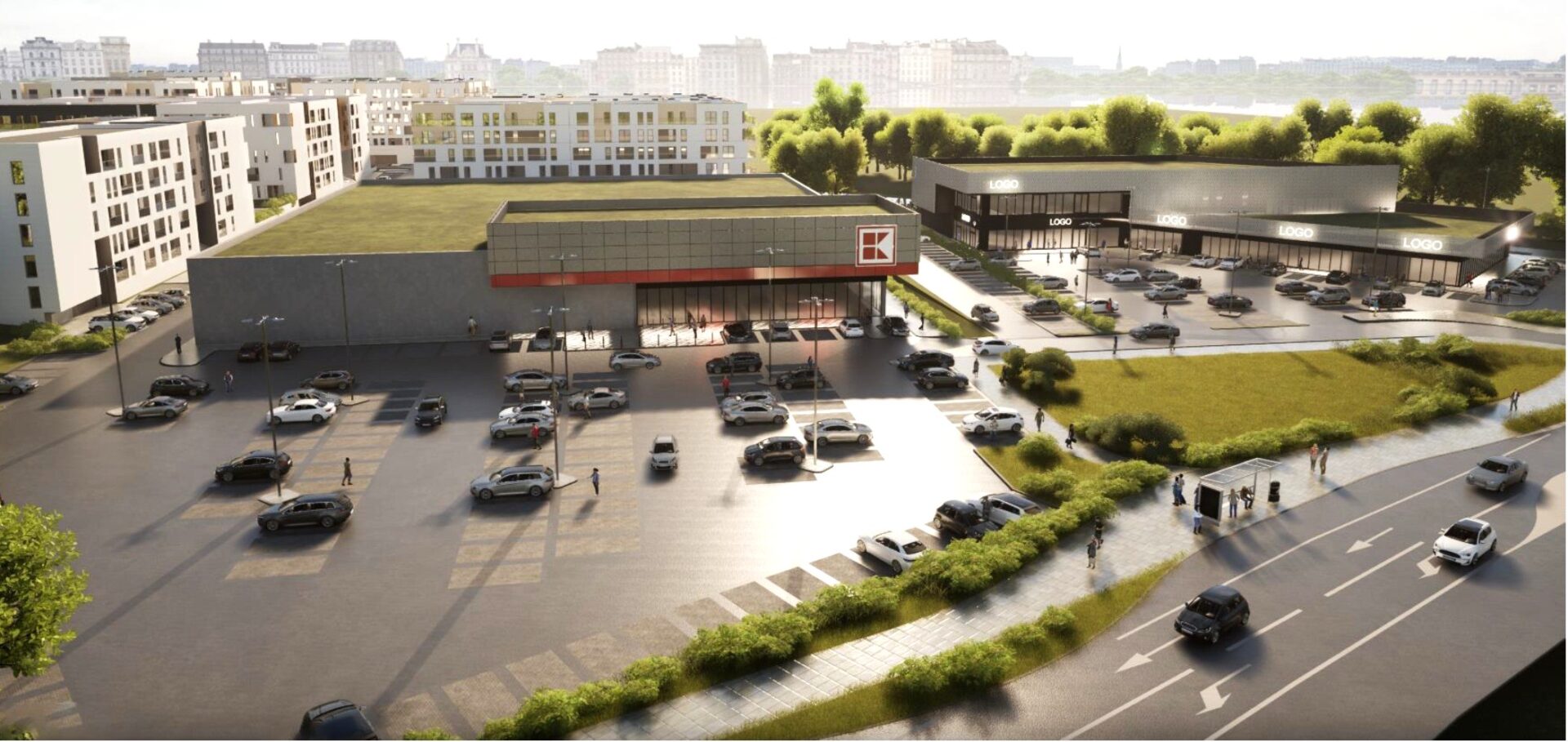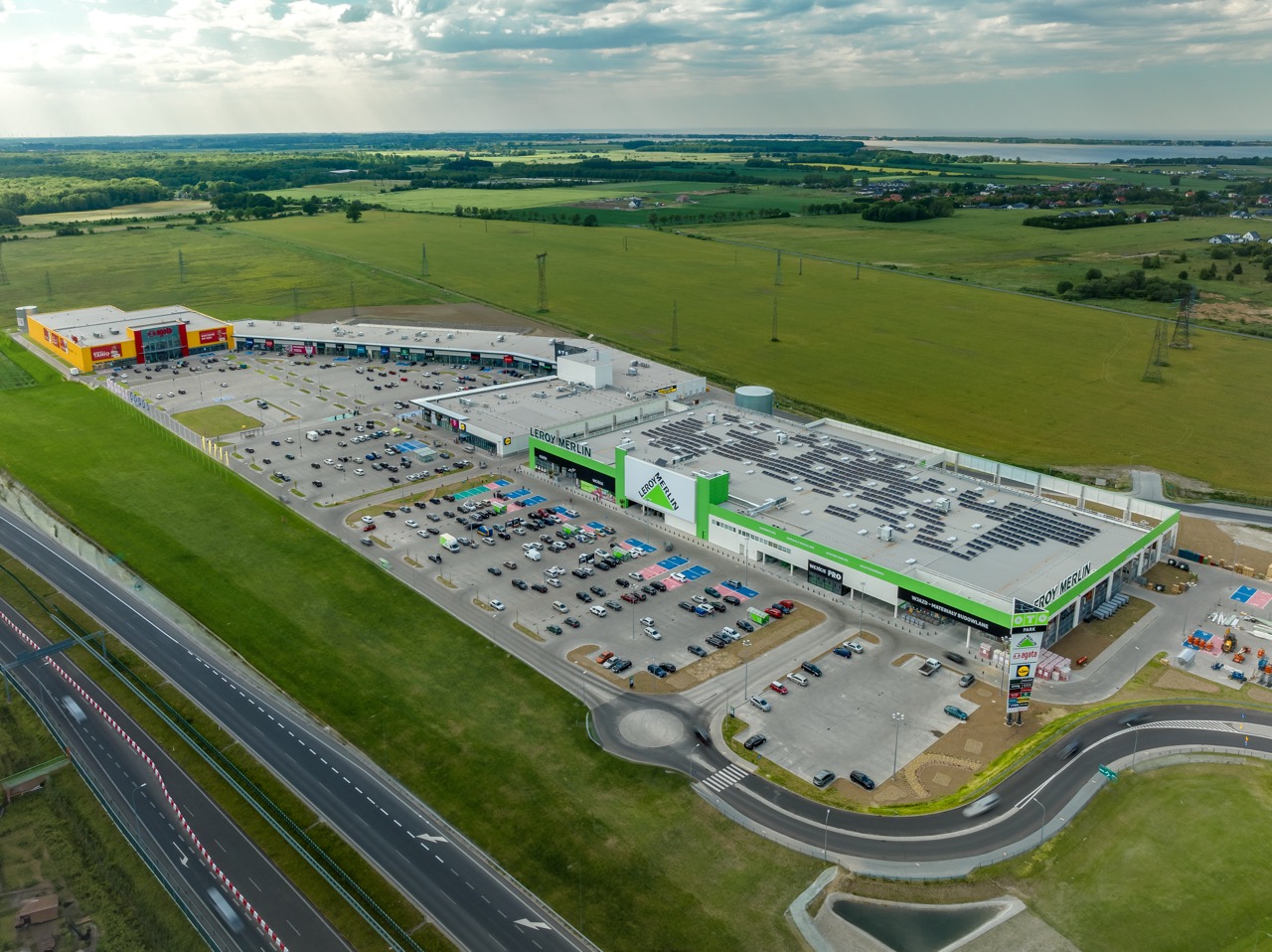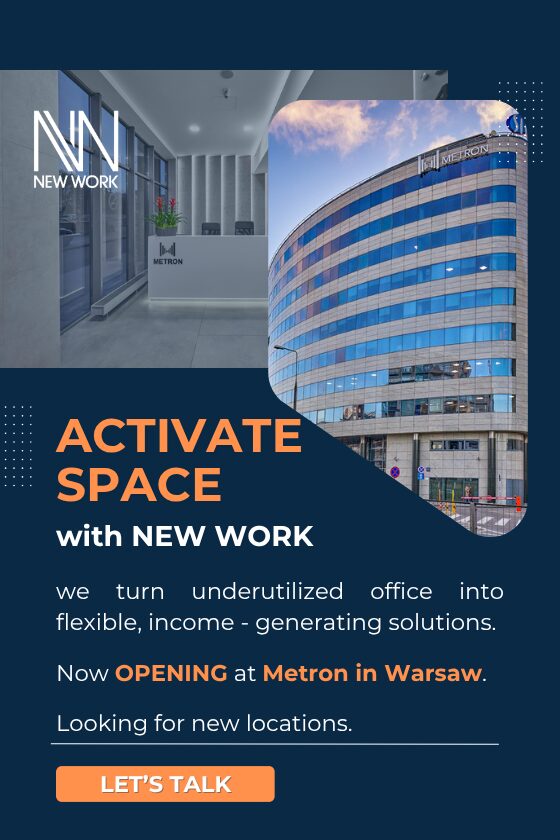So far, one in every four shopping centers in Poland has undergone an extension. The reason for this is the increasing maturity of the retail market in Poland accompanied by the ageing of its resources as well as a growing appetite for new quality amongst customers. In order to keep up with the dynamically changing needs and tastes of Poles, shopping centre owners invest not only in the extension of their projects, but also in their modernization and remodelling.
“There are already 411 shopping centers in Poland providing a total of 9.86 million sqm of space,” said Joanna Tomczyk, Research Analyst at JLL. “The first such objects, including Panorama in Warsaw, HIT (currently Tesco) at Górczewska Street in Warsaw and ETC (currently Zaspa) in Gdańsk, emerged in the first half of the 1990s. In total, 74 shopping centers were launched at the time with 28 having been extended. This is a natural course of action, stemming from the life cycle of retail objects as well as the rapidly changing competitive environment.”
The four phases of a retail object
According to JLL, there are four different stages of the functioning of a shopping centre: launch, growth, maturity and decline.
“Each phase of the functioning of a retail object is subject to many market factors, including increased competition, the ageing of the property, the changing needs and expectations of customers, and the development of new technologies, including the increasing role of e-commerce. All these elements motivate property owners and investors to find new opportunities to strengthen market position of a shopping center and increase its lifespan, especially in the case of an older mall. Apart from recommercialization, these include, modernization, extension and remodelling. However, it is difficult to indicate a specific moment in which an owner should implement any of these measures. The key here is to thoroughly observe customer behaviour as well as the operating conditions of the tenants,” commented Edyta Potera, National Director, Retail Agency, JLL.
25 percent of shopping centers in Poland have grown
According to analyses by JLL, one in every four shopping centers in Poland has undergone an extension process. One of the most recent examples of this is Galaxy in Szczecin (17,000+ sqm). Currently, extensions are conducted for approx. 56,000 sqm in projects such as Atrium Promenada, Atrium Targówek, Atrium Reduta, Galeria Solaris in Opole, Platan Zabrze and Centrum Janki. Shopping centres in Poland have expanded, on average, by more than 8000 sqm.
“As the market matures and customer expectations evolve, some shopping centers go in favour of extension, some focus on introducing new brands and others on increasing the space for their current tenants. There are some that decide to expand their restaurant and entertainment range, thus establishing themselves as locations for meetings and leisure time activities – according to our data, one in every four centers already serves as a shopping and entertainment destination. Each of these strategies is good provided that it is based on a careful analysis of the needs of the centre’s target group. Examples of successfully introduced changes include, among others, the repositioning and recommercialization of the Klif shopping gallery, as well as the modernization and extension of Blue City in Galeria Pomorska in Bydgoszcz,” summarized Edyta Potera.







